This big update to iOS changed some aspects of how iPhone users find and view information. Despite the pandemic interrupting the usual months of pre-announcement development, Apple still had iOS 14 ready for WWDC 2020.
iOS 14 Features
Home Screen Widgets, App Library, a new translation feature, and speed improvements and design changes added up to a sizable iOS release.
App Library
Apple had left the Home Screen nearly untouched since its arrival on the original iPhone. It had always been a grid of app icons, a place that held every app you downloaded. The company had made some incremental changes over time, including folders and wallpaper, but iOS 14 adds some extra nuance to the Home Screen.
While it's still largely the same old Home Screen, new additions give users more customization options. You can now remove an app from the Home Screen without deleting it or hiding it in a folder. The app will live inside the new "App Library" located by swiping to the right-most screen. The App Library sorts apps by category, with the search bar at the top showing an alphabetical list of all installed apps.
Widgets
Another big change to the Home Screen is the ability to add widgets. Previously, widgets would live only in the "Today View" on the far left screen, but now you can also drag widgets onto the Home Screen.
Widgets can take up a 2x2, 2x4, or 4x4 space on the Home Screen. You can also stack them into groups to swipe through. You can't interact with widget elements; they only display information. They also act as launchers for their corresponding apps. They often deep-link to their displayed content, so in many cases, tapping on the widget will take you to part of the app that directly corresponds to what you're seeing.
Siri
Apple's smart assistant is getting a cosmetic makeover in iOS 14. Instead of taking over the entire page, it now shows up as a small colorful icon in the bottom of the screen. Siri seems to be more conversational and will be better at remembering previous tasks or queries between uses.
Siri intelligence is getting a boost, as Apple added offline webpage translations to Safari. Currently, tools like Google Translate require an internet connection to navigate through their app or web tool, which are logged for data-tracking purposes. The offline iOS-based solution is totally private and uses on-device machine learning to process translation requests, which is more private and secure.
In addition to webpages, the 2020 iOS update includes a new app called Translate. This app translates conversations in real-time, displaying translation text onscreen.
Security and Privacy
Apple frequently updates security measures to block or expose more trackers from the OS level. In the new software, users encounter more intelligent notifications for when the camera, microphone, or clipboard is accessed.
The developer and public beta tests exposed several apps that try to run processes in the background without the user knowing. TikTok seemed to be checking the clipboard with every keystroke within a text field, while apps like Instagram appeared to be running the camera in the background without the user activating it.
When the camera or microphone is in use, a small colored dot will appear above the signal bars on the right side of the status bar: green for camera and orange for microphone. When you access Control Center, a small banner pops up at the top of the screen, showing the last app to access either the mic or camera.
Anytime an app accesses the clipboard, a small banner shows up at the top of the screen to notify you that the app viewed or used the clipboard. It also notates which app the clipboard's info came from.
Weather
Apple acquired Dark Sky, the number one weather app on the App Store, in March 2020. This means several things for the service, including the end of the Android version and the API's deprecation.
Dark Sky is still available on in the App Store for iOS and iPadOS. Apple didn't specifically address the Dark Sky acquisition on stage at WWDC, but new updates to the weather app and widget show progress on that front.
The weather app still prominently displays "The Weather Channel" in the bottom corner of the app. However, Apple is sourcing portions of the data from Dark Sky, including the new next-hour forecast in the app. The widget also lets you know if rain or other weather is coming within the hour.
Messages
In the new firmware, Messages lets you can pin chats to the top of the app's conversations list. Appearing as large and round icons, they will always stay at the top unless you manually remove or replace them.
Inline replies are also included in the update. When you long-press or double-tap on a message bubble within a chat, you can choose "reply" to compose a new message replying to a previous message in the same conversation. A small box next to your reply will reference the original message.
Inline replies work in both one-on-one and group chats.
Group chats also add mentions. To mention someone from a chat, type the name of that person in the group conversation, and it will highlight. Tap their highlighted name, and you'll see a bubble with their name pop up. When you tap the bubble, it will notify that chat member when you send your message – even if they have muted the conversation.
You can also set an image and custom name for group chats.
iOS 14 introduces improved Memoji animations that better represent facial muscles. There are also new Memoji reaction stickers (including a fist bump and blushing) and Memoji customization options.
Default Apps
iOS 14 also included a feature that many iPhone owners have been asking for since the platform's earliest days. The update now allows you to set non-Apple default apps for email clients and web browsers.
This change means that when you click on an email address, it can open something like Gmail or Spike instead of Apple's Mail. Similarly, when tapping a browser URL, it can open in Chrome or Firefox automatically.
To change the default, you need to open the Settings app and navigate to the third-party app you want as the new default. If that app's developers have updated it to support this feature, there will be an option to "Set as default."
This move also raises speculation that Apple will allow for new default-app categories soon, perhaps in "iOS 15." In betas for iOS 14.5, the company is already testing a way to set a new default music app using Siri. However, that may have been an experimental feature released by accident that won't make it to final iOS releases.
CarKey
Apple belongs to a "Car Connectivity Consortium" and Apple's new update gives developers new features for controlling and unlocking cars. The new API is called CarKey, and will start replacing cars' key fobs in the near future.
Apple's API allows users to designate an iPhone or Apple Watch to act as a digital car key via NFC or BLE. BMW is the first partner to support the feature with the 2021 Series-5.
The technology utilizes the Secure Element for CarKey authentication, and it relies on device biometrics. In the first release, it uses NFC to unlock the car at close proximity, but future updates will take advantage of iPhones' U1 chip to unlock the car without removing your phone from your pocket.
Express mode also allows you to access your car for up to five hours if your iPhone's battery runs out.
HomeKit
Night Shift is an iOS and macOS feature that can change the screen's white balance to a warmer hue in the evening. A similar feature came to HomeKit lights in iOS 14. The new ambient lighting feature makes lights automatically adjust throughout the day. This creates warmer tones in the morning and evening and phase through cool tones throughout the day.
HomeKit Secure Video, added in iOS 13, adds some smart features, such as recognizing objects that appear in videos for easier searching through footage. In the update, the security feature also gained a face-classification function, allowing it to identify individuals when they approach the camera.
App Clips
Apple announced the rumored App Clips, aiming to ease the friction of using commerce apps out in the world. When faced with an e-scooter or parking meter, users would normally have to download an entire app, sign in, and enter payment info to complete the transaction.
With iOS 14, users can tap an NFC sticker, click a link, or scan a special QR code to access a "Clip." These App Clips are lightweight portions of an app, required to be less than 10MB, that appears as a floating card. From there, you can use Sign-in with Apple and Apple Pay to complete a transaction in moments, all without downloading an app.
The feature also lets apps like Yelp create specific clips for restaurants for use in Apple Maps and websites.
Other Changes
- Watch Youtube in 4K HDR for the first time
- AirPlay 4K video
- Picture-in-Picture support
- Emoji search within the keyboard
- Set your default email and web browser app
- Find My allows third-party accessories like Tile to show up in the app
- FaceTime eye correction returns
- ProRAW photos on iPhone 12 Pro and iPhone 12 Pro Max
- Playstation 5 controller support
Apple released iOS 14 during the "Time Flies" event in September 2020. Typically, the operating system launches alongside the new iPhone, with a week's advance notice to developers. However, this time Apple only gave them a 24-hour notice, with no iPhone 12 in sight. Apple eventually announced its 2020 handsets at an October event.
Updates
iOS 14.7
iOS 14.7 released on July 19, 2021 citing only bug fixes and improvements. This was the final major revision of iOS 14 before iOS 15 launched in September.
iOS 14.6
Apple released iOS 14.6 on May 24, 2021 with support for Apple Music Lossless and Spatial Audio and Podcast subscription features. Neither of these services launched with the update, and Apple says they will launch in June. The update is needed to take advantage of the features once launched.
The update also included Apple Card Family features with the ability to share the Apple Card with family members. Cardholders can set limits for children or share the total balance with a partner for improving credit on a joint account.
iOS 14.5
iOS 14.5 released on April 26, 2021 with ability to unlock an iPhone while wearing a face mask in tandem with Apple Watch. If the iPhone sees a mask and detects that the user is wearing an unlocked Watch, it will automatically unlock the iPhone. A vibration and sound play from the watch and give the user the option to lock the iPhone again in case of accidental unlocks.
The update also allows for use of the DualSense and Xbox Wireless controller with iPhones. Controllers have also gained new options in the Settings app, which allow users per-game customization options.
iOS 14.4
iOS 14.4 released on January 26, 2021 with minor bug fixes and new features. Handoff with the HomePod mini was improved, allowing any iPhone with a U1 chip to show new options and provide haptic feedback as you approach the speaker.
The release also included a new "Find My Items" menu for third-party tracking devices in the Find My app.
iOS 14.3
iOS 14.3, which released on December 14, 2020, adds support for ProRAW. The new photography mode combines, for the first time, Apple's computational photography with Raw shooting. Previously, iPhone photographers had to choose between the two modes.
The update also adds a new alert to help users update connected HomeKit accessories, rather than manually updating through manufacturers' apps.
iOS 14.2
Apple released iOS 14.2 on November 5, 2020 adding a dedicated Shazam button and over 100 new emoji. The new emoji include more inclusive options, food, and objects. The update also added eight new wallpapers, including outdoor scenes and artistic pieces.
iOS 14.1
iOS 14.1 shipped alongside the iPhone 12 and iPhone 12 Pro. The update added support for the new smartphones along with 10-bit HDR video playback and edit in Photos for iPhone 8 and later.
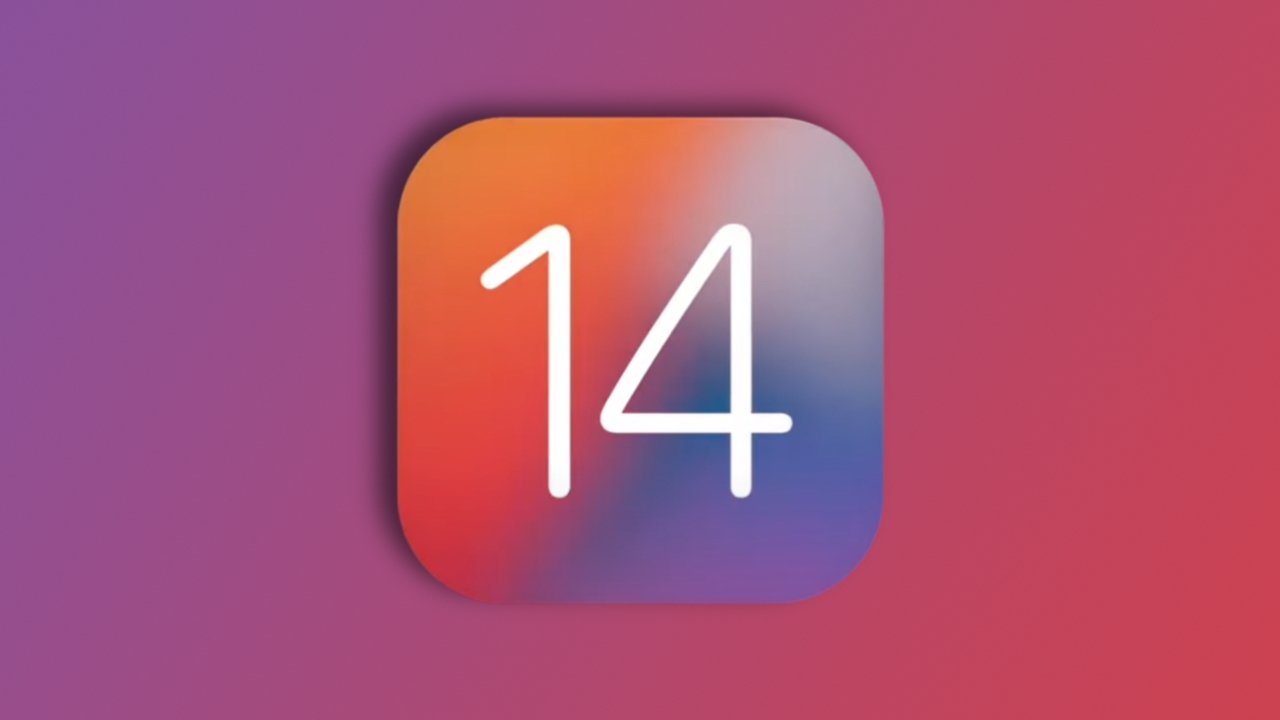
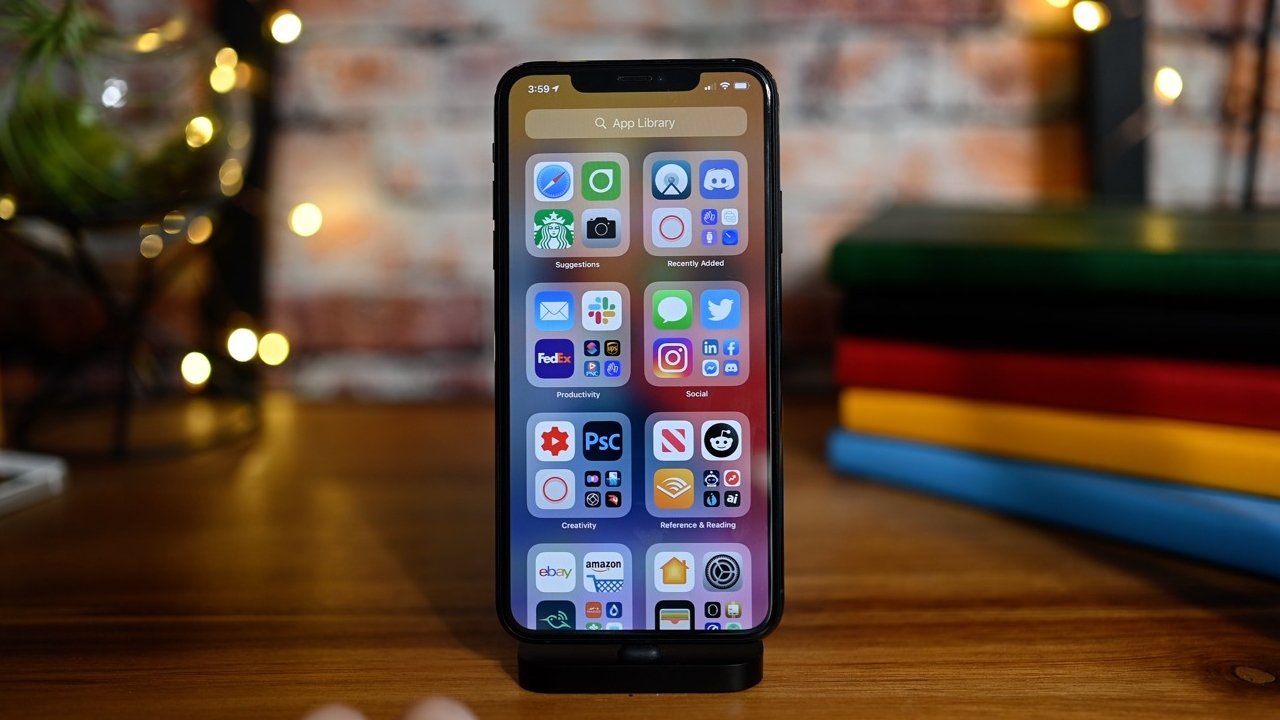

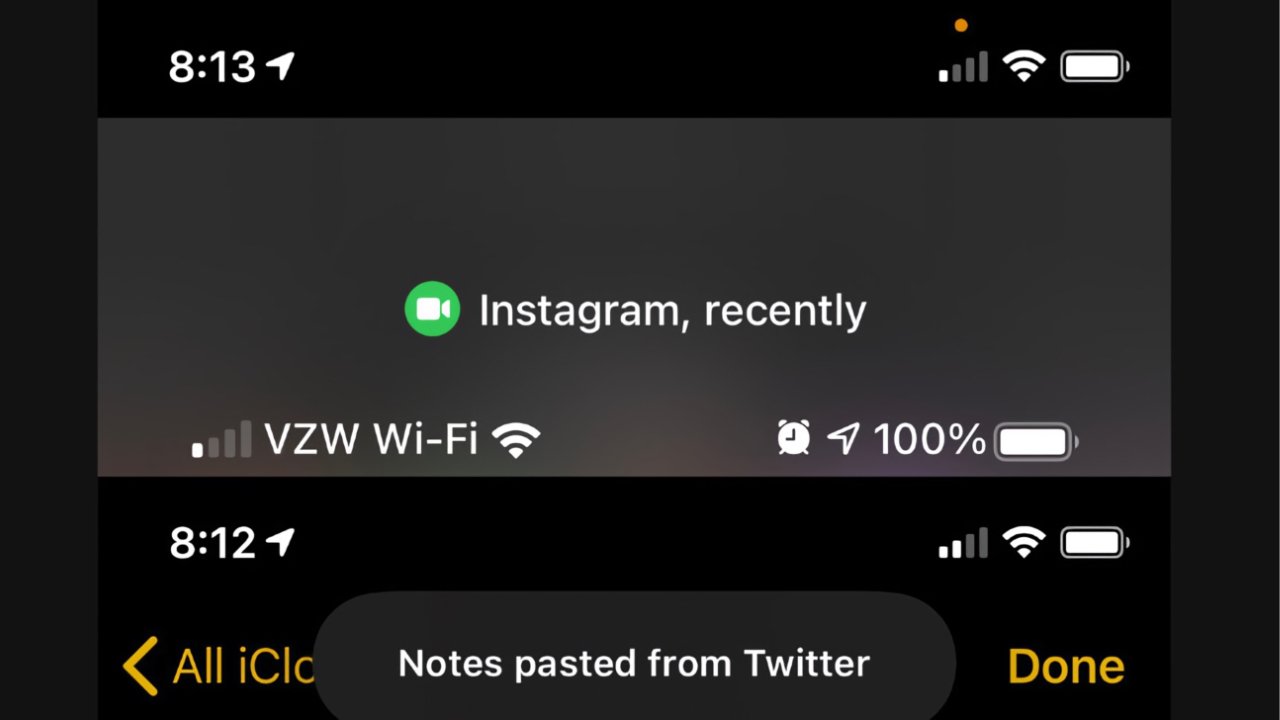
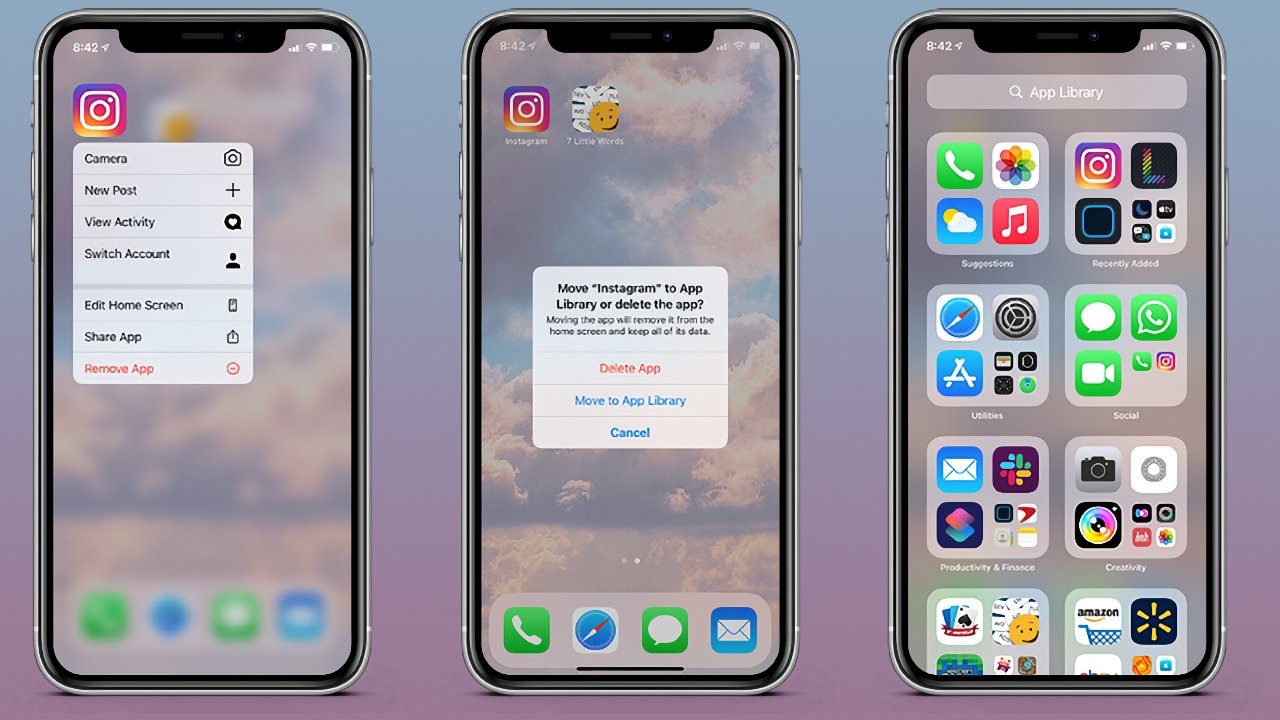
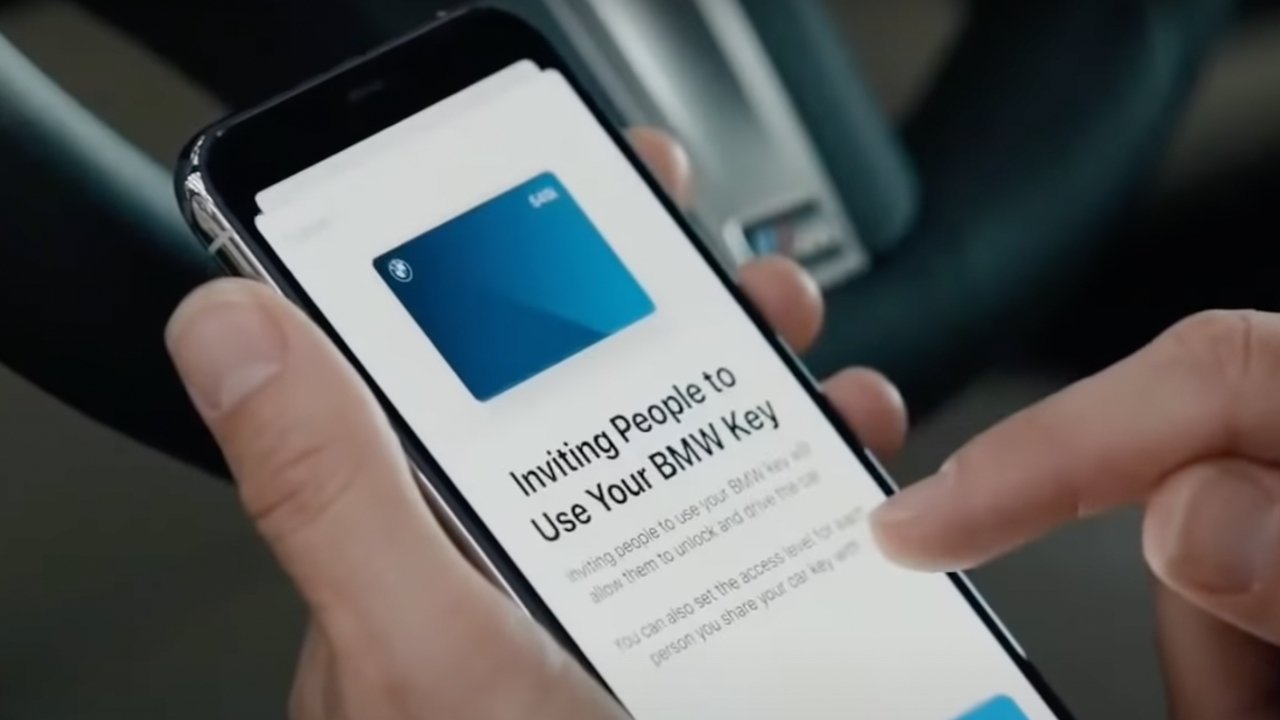
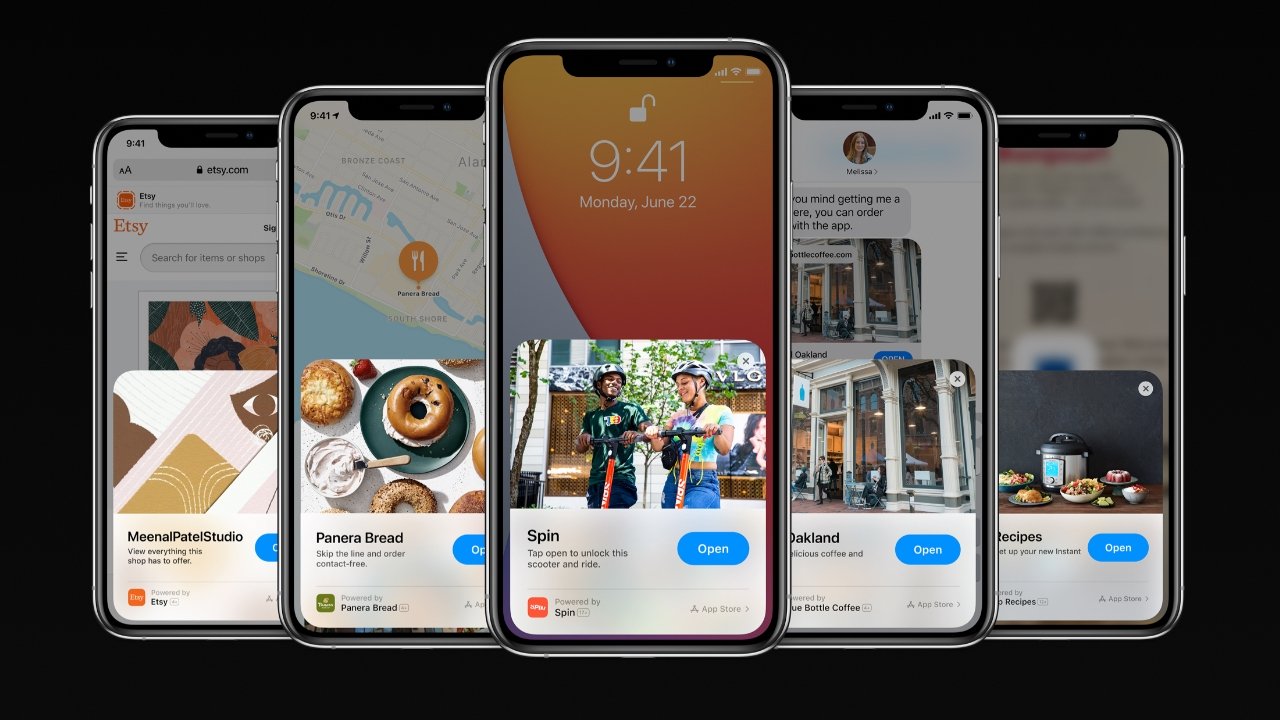

 Andrew Orr
Andrew Orr
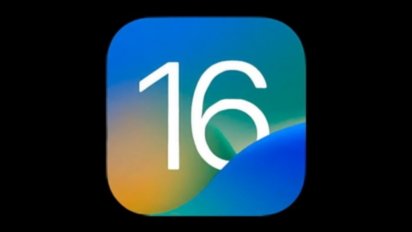
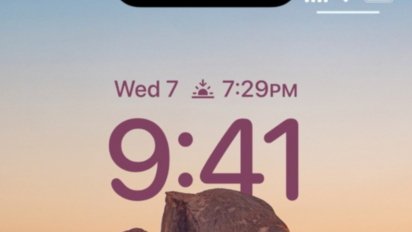
 William Gallagher
William Gallagher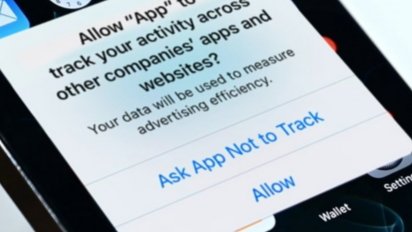
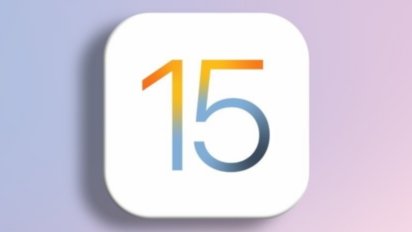
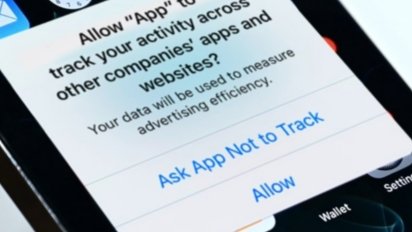
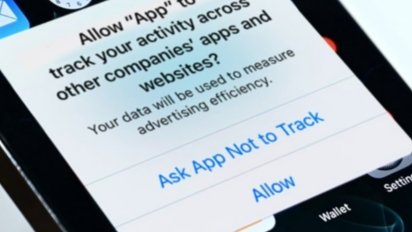
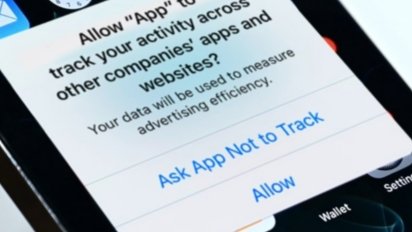
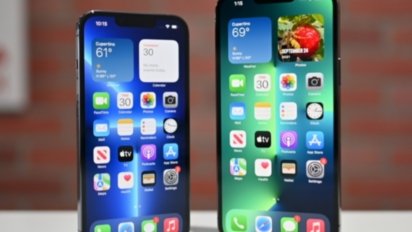
 Mike Peterson
Mike Peterson